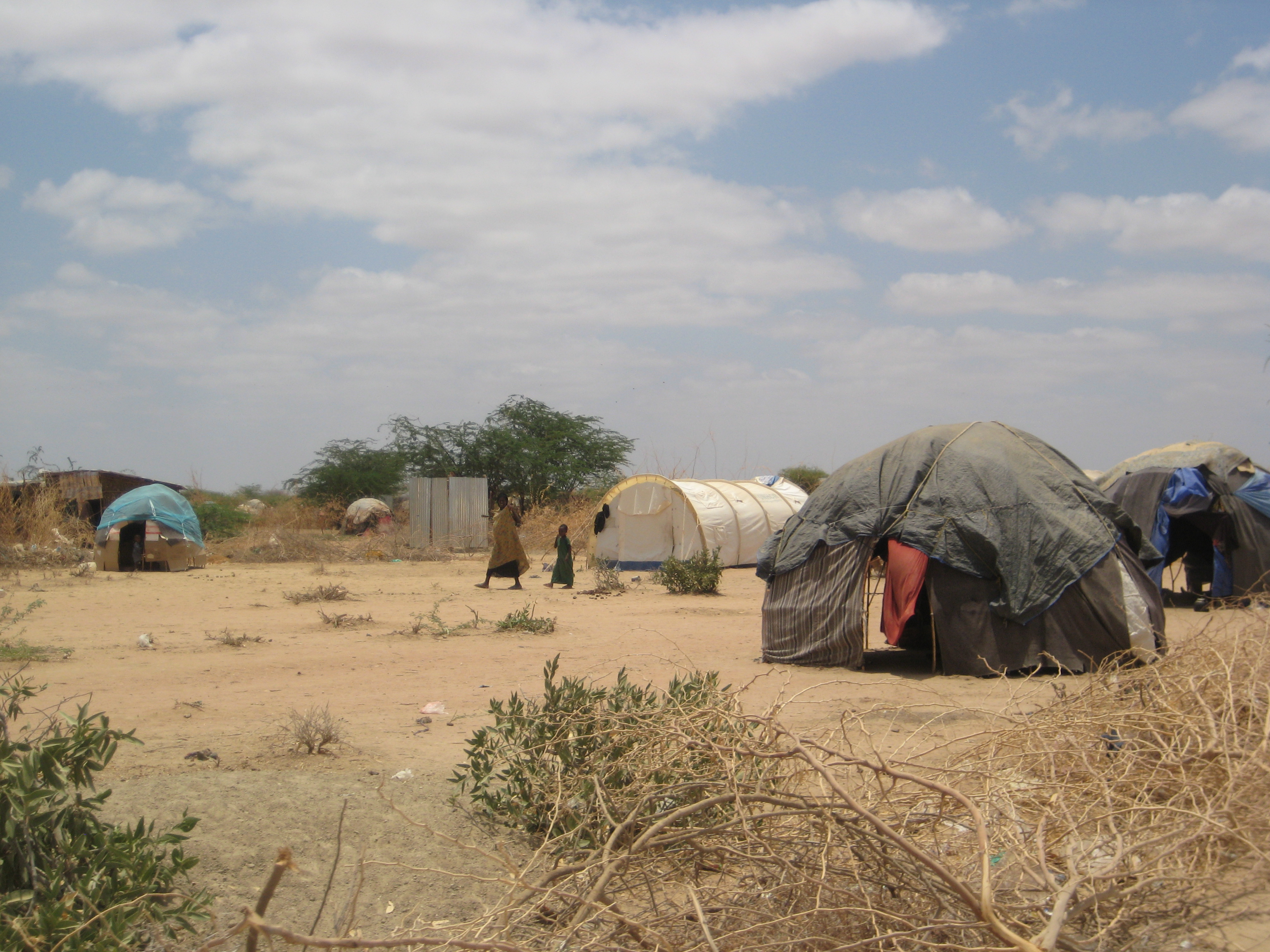Many contemporary refugee camps are located in undeveloped border areas of host countries. States providing asylum are often unwilling to integrate refugees into the economy or social structure and maintain these outposts as parallel systems, often relying upon international aid to maintain them. The grounds that they inhabit often represent edge conditions, between competing entities and interests. The well-trod idea that they represent forms of extraterritoriality, while perhaps useful in theory, can be misleading in reality. While certain refugee contexts must be understood precisely as fracturing the integrity of the nation-state, either as sites that pose forms of refusal or that exist in a permanent state of emergency, others present quite different conditions, producing precarity in enclosed settings where multiple nations and multilateral agencies may convene and assert a muscular, asymmetrical power.
In such landscapes, architecture and territory perform work beyond the iconographic. Let us think with the example of Dadaab, Kenya, a transitional settlement complex frequently cited in the popular press as well as in humanitarian gray literature as “the world’s largest refugee camp.”1 The United Nations High Commissioner for Refugees established this operation near the Somali border in 1991 to host thirty thousand refugees; in 2017, approximately one half million reside in settlements around Dadaab, representing a population density in Kenya succeeding only Nairobi and Mombasa. Though anchored in space through hard infrastructures and substantial architectures, the site was absent from ordinary maps for much of its existence: most often seen by outsiders through representations of the pastoral, in the mobile architectures of temporary dwellings such as those depicted in the frontispiece image for this essay.

